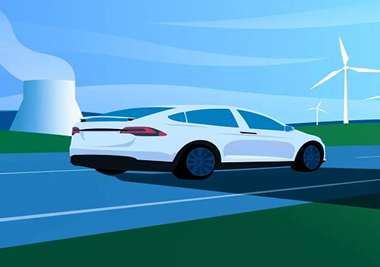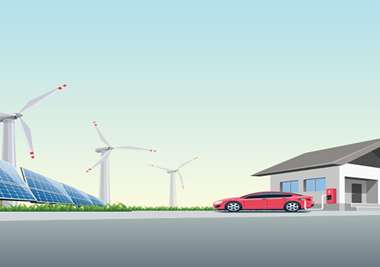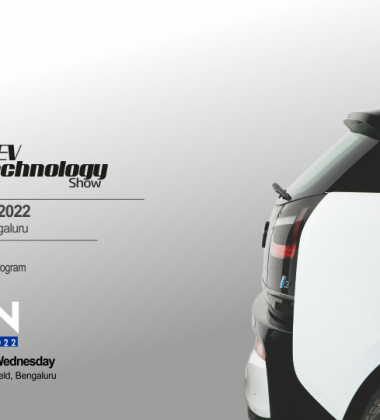Advanced Driver-Assistance Systems (ADAS):
Advanced Driver Assistance Systems (ADAS) are sophisticated in-vehicle systems that support drivers in multiple ways. They offer crucial traffic data, road closure updates, congestion levels, and route suggestions. ADAS can also detect driver fatigue, provide alerts, and offer driving advice. These systems can intervene during potential hazards and manage simple tasks like cruise control, as well as intricate manoeuvres such as overtaking and parking. ADAS enables seamless communication among vehicles, infrastructure, and transportation management centres, thereby improving safety through enhanced vision, localization, planning, and decision-making.
Latest ADAS features in electric vehicles:
In electric vehicles, you can find several ADAS features, including:
- Intelligent Cruise Control (ICC) utilizes radar or camera sensors to maintain a safe distance from the car in front, automatically adjusting the vehicle’s speed accordingly.
- Lane Departure Warning (LDW) employs cameras to track the car’s position on the road, issuing warnings through sound or visual signals if the vehicle starts to veer out of its lane.
- Blind Spot Detection (BSD) relies on sensors to identify vehicles in the driver’s blind spot, warning the driver when attempting to change lanes with a nearby car.
- Parking Aids, such as rearview cameras and parking sensors, assist drivers in precise and safe parking manoeuvres.
- Collision Avoidance systems use sensors and cameras to detect potential collisions with other vehicles or objects, automatically applying the brakes to avoid or reduce the impact of an impending collision.
ADAS features play a significant role in enhancing the user-friendliness and safety of electric vehicles. As technology advances, we can expect future electric vehicles to be equipped with even more sophisticated ADAS systems, further improving their overall performance and safety standards.
Autonomous driving capabilities
ADAS (Advanced Driver Assistance Systems) enhances vehicle safety and assists drivers through semi-automated features like adaptive cruise control, lane-keeping assistance, and collision avoidance. These technologies pave the way for autonomous driving by gradually reducing driver involvement, increasing road safety, and providing a stepping stone towards fully autonomous vehicles. For more information and to experience this groundbreaking technology firsthand, don’t miss the opportunity to attend the AutoEV India Expo, where you can explore the latest advancements and engage in research and development.



